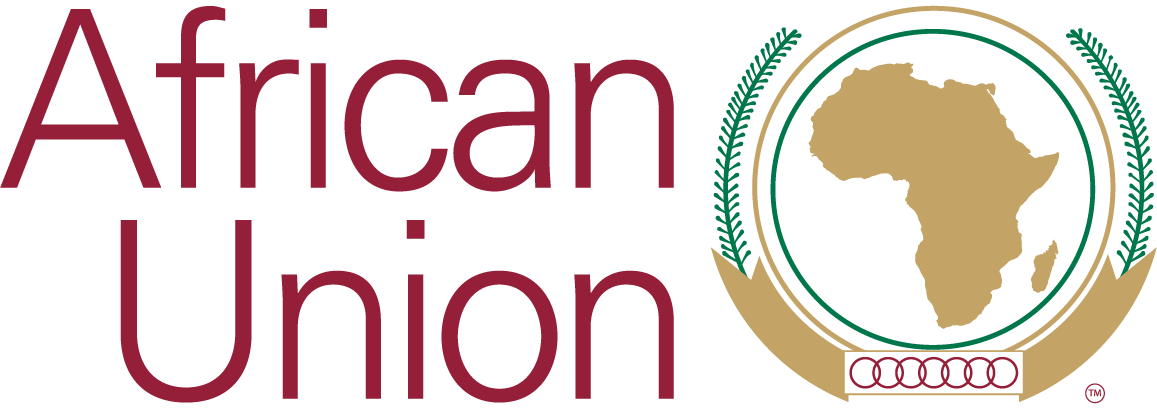Topic Resources
October 20, 2017
October 17, 2017
April 10, 2017
INAUGURAL AFRICAN ECONOMIC PLATFORM
20th to 22nd March, 2017
Port Louis, Mauritius
March 19, 2017
Downlink Parameter for AFRICAN ECONOMIC PLATFORM 20 - 22 MARCH 2017
October 20, 2017
October 17, 2017
April 10, 2017
INAUGURAL AFRICAN ECONOMIC PLATFORM
20th to 22nd March, 2017
Port Louis, Mauritius
March 19, 2017
Downlink Parameter for AFRICAN ECONOMIC PLATFORM 20 - 22 MARCH 2017
March 21, 2017

